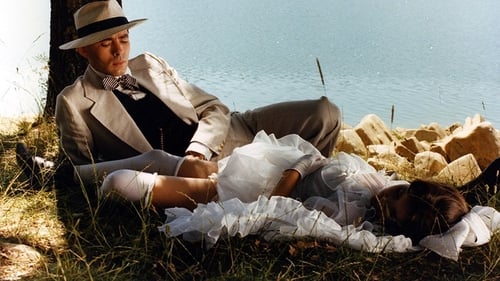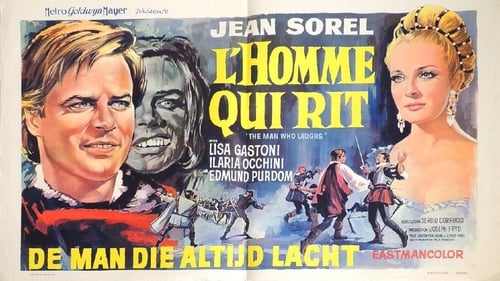
Costume Design
第一次大戦から5年が経過したドイツの保養地に戦傷で性的不能となった作家が帰って来る。彼はそこで驚くべき美少女と出会い、まだ幼い彼女にのめりこんで行く。

Assistant Set Decoration
Discovering that a woman from their small town in Sicily cheated on her husband, a group of upper class men investigate and try to identify her.

Assistant Set Decoration
Through the childhood and the adolescence of Giacomo Casanova (from his memoirs), this is a description of how people live in the Venice of the 18th century: customs, habits, medicine, religion and most of all - the omnipresence of hypocrisy. Written by Yepok

Art Direction
Following the death of her uncle, Elisabeth returns to her family's castle for the reading of his will. She is informed of legends about the castle's ghost and experiences erotically charged nightmares, before being kidnapped by a hooded figure and tortured in the dungeon. Meanwhile, her boyfriend Jack suspects a plot to gain Elisabeth's inheritance and begins his own investigation...

Art Direction
A 1966 French-Italian film version made in Italy, titled L'uomo che ride, directed by Sergio Corbucci. This version features elaborate colour photography but a very low production budget. The main action is shifted to Italy and moved yesterwards in time, with the deformed protagonist meeting Lucrezia Borgia instead of Queen Anne. In this version, Gwynplaine is renamed Angelo (played by Jean Sorel). His disfigurement is represented as a single broad slash across his mouth, crude yet convincing. The story (which is attributed, in the movie credits, to the director, producer and others involved in making the film, but not to Victor Hugo) is a swashbuckler pitting the disfigured acrobat against the henchmen of the Borgias. At the end, Dea (actress Lina Sini) miraculously acquires her eyesight and Angelo undergoes surgery that completely reverses his disfigurement and renders him perfectly handsome.

Set Decoration
A 20th century European village is haunted by the ghost of a murderous little girl.

Costume Design

Production Design



